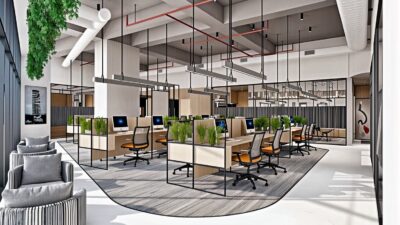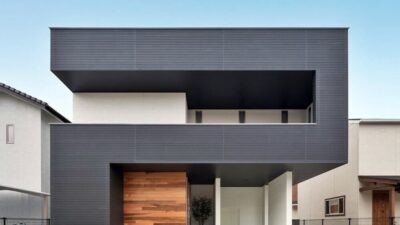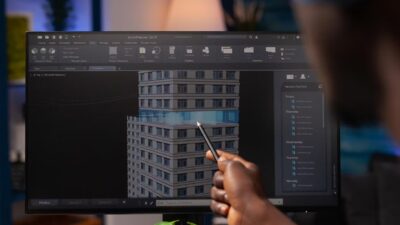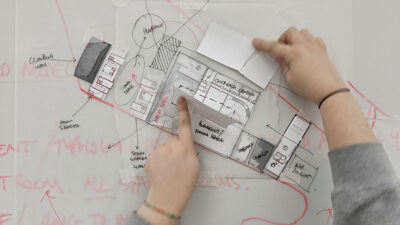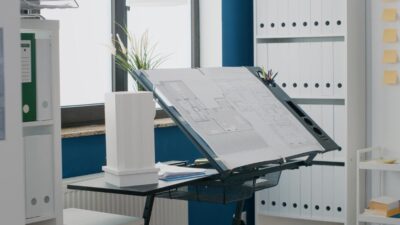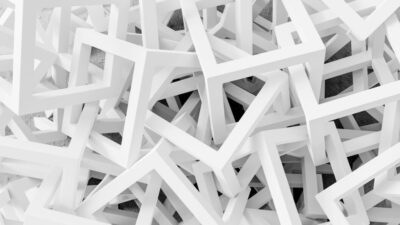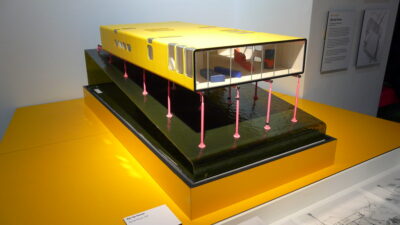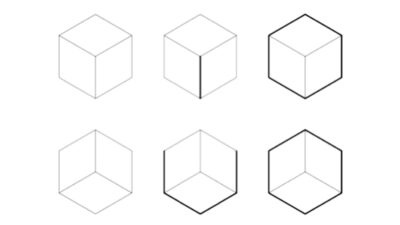Productivity in architectural education isn’t just about the hours spent; it’s the value created versus resources invested. It’s the efficient and effective use of materials, time, and mental resources to achieve the desired outcome. Understanding this concept is fundamental to improving your productivity as an architecture student, moving beyond just busy work to creating meaningful, impactful designs.
Embracing Inspiration for Enhanced Productivity
True productivity stems from inspiration. Engaging in activities that ignite your passion for architecture can significantly boost your motivation and output. If you find yourself disinterested in certain aspects of your studies, seek out elements within those areas that resonate with your interests. Adjusting project focuses to align with your passions can transform your educational experience.
Goal Setting for Architecture Projects
Setting ambitious and clear goals is crucial for architectural projects. Rather than settling for minimum requirements, aim for goals that challenge and excite you. Whether it’s mastering new software or achieving a specific grade, having a clear target will guide your efforts and keep you motivated throughout the project.
The Importance of Immediate Action and Consistency
Procrastination is a common pitfall for students. Start your assignments promptly and maintain a consistent pace. Early planning and regular work reduce last-minute stress and enhance the quality of your projects. By giving yourself time to reflect and refine your work, you can achieve better results.
Effective Planning and Task Management
Successful architects excel in planning and time management. Identifying specific tasks and allocating time effectively are key skills in architectural education. Incorporating planning into your daily routine ensures that you approach tasks methodically, leading to more efficient and high-quality work.
Prioritizing Tasks for Optimal Outcomes
Prioritization is about identifying the most impactful use of your time. Assess your energy levels and match tasks to your peak productivity periods. For example, reserve creative tasks for when you feel most inspired and tackle more mundane tasks when your energy is lower.
Eliminating Distractions for Focused Work
Distractions can significantly hinder your productivity. Identify and eliminate time-wasting activities like excessive internet browsing or gaming. By allocating specific times for leisure, you can enjoy these activities without guilt and maintain focus during study periods.
Preparing for Future Tasks
End each day by planning the next day’s tasks. This proactive approach ensures you start each day with a clear agenda, allowing you to progress methodically through your workload and achieve your academic goals more efficiently.
The Myth of Multi-Tasking
Multi-tasking often leads to decreased productivity. Focus on completing one task at a time. This single-minded approach allows for deeper concentration and higher-quality outcomes, as switching between tasks can fragment your attention and reduce effectiveness.
The Crucial Role of Self-Care
Self-care is essential for long-term success in architecture. Adequate sleep, nutrition, exercise, and time for relaxation are not luxuries but necessities. Integrating self-care into your routine is crucial for sustaining productivity and creativity throughout your architectural studies and career.
Comparative Table: Traditional vs. Modern Productivity Techniques in Architecture
| Aspect | Traditional Productivity Techniques | Modern Productivity Techniques |
|---|---|---|
| Focus | Emphasizes manual drafting and physical model making. | Leverages digital tools like CAD and 3D modeling software. |
| Collaboration | Relies on in-person meetings and presentations. | Utilizes online collaboration tools and virtual presentations. |
| Research | Involves physical library research and material sampling. | Includes digital libraries, online resources, and virtual material databases. |
| Documentation | Paper-based documentation and hand-drawn plans. | Digital documentation, cloud storage, and electronic submission. |
| Time Management | Manual planning with physical planners and schedules. | Digital calendars, project management software, and mobile apps. |
| Inspiration | Sourced from physical site visits, books, and magazines. | Gained from online galleries, virtual tours, and digital media. |
| Skill Development | Learning primarily through hands-on workshops and classes. | Access to online tutorials, webinars, and virtual learning platforms. |
Key Bullet Points for Maximizing Productivity as an Architecture Student
- Embrace Digital Tools: Utilize software like AutoCAD, Revit, and SketchUp for efficient design and documentation;
- Develop Time Management Skills: Use digital calendars and project management apps to keep track of deadlines and task;
- Seek Online Resources: Leverage the wealth of online tutorials, webinars, and educational platforms for continuous learning;
- Balance Work and Life: Prioritize self-care, including adequate rest, exercise, and relaxation, to maintain high productivity levels;
- Foster Virtual Collaboration: Engage with peers and instructors through online collaboration platforms for project development and feedback;
- Stay Inspired Digitally: Explore online galleries, virtual site tours, and digital media to keep the creative juices flowing;
- Adapt to Hybrid Learning: Be prepared to switch between in-person and online learning environments seamlessly;
- Practice Sustainable Design: Integrate principles of sustainability in your projects, utilizing digital tools for energy modeling and eco-friendly material selection;
- Network Online: Build professional connections through social media, online forums, and virtual networking events.
Integrating Communications Architecture into Productivity Strategies
In the realm of architectural education, the concept of ‘communications architecture’ plays a pivotal role in enhancing student productivity. This unique section delves into how effective communication strategies can significantly streamline the architectural design process, facilitating more efficient and impactful outcomes. Communications architecture in this context refers to the strategic organization and dissemination of information, ideas, and feedback within the realm of architectural projects.
- Clarity in Design Communication: Effective communication skills enable students to clearly articulate their design concepts, ensuring that their visions are accurately understood by peers, instructors, and clients. This clarity reduces the need for repetitive explanations and revisions, thereby saving time;
- Leveraging Digital Communication Tools: Modern digital platforms offer innovative ways for students to present their ideas and receive feedback. Utilizing tools such as digital portfolios, online presentation software, and virtual reality can enhance the way architectural ideas are conveyed and understood;
- Collaborative Efficiency: Good communication is the cornerstone of successful collaboration. By establishing clear channels of communication within project groups, students can avoid misunderstandings, streamline decision-making processes, and foster a more productive collaborative environment;
- Feedback and Iteration: Effective communications architecture involves not just conveying ideas, but also actively listening and integrating feedback. This iterative process of receiving and applying feedback can significantly improve the quality of design work and enhance learning outcomes.
Conclusion
In conclusion, the journey to becoming a productive architecture student encompasses much more than mastering technical skills or adhering to strict time management protocols. It’s about cultivating a holistic approach that balances traditional and modern productivity techniques, embraces the power of digital tools, and acknowledges the crucial role of self-care and inspiration in the creative process. The comparative analysis provided in this guide illustrates the evolving nature of architectural practices, highlighting the need for students to adapt and integrate both time-honored methods and cutting-edge technologies.


